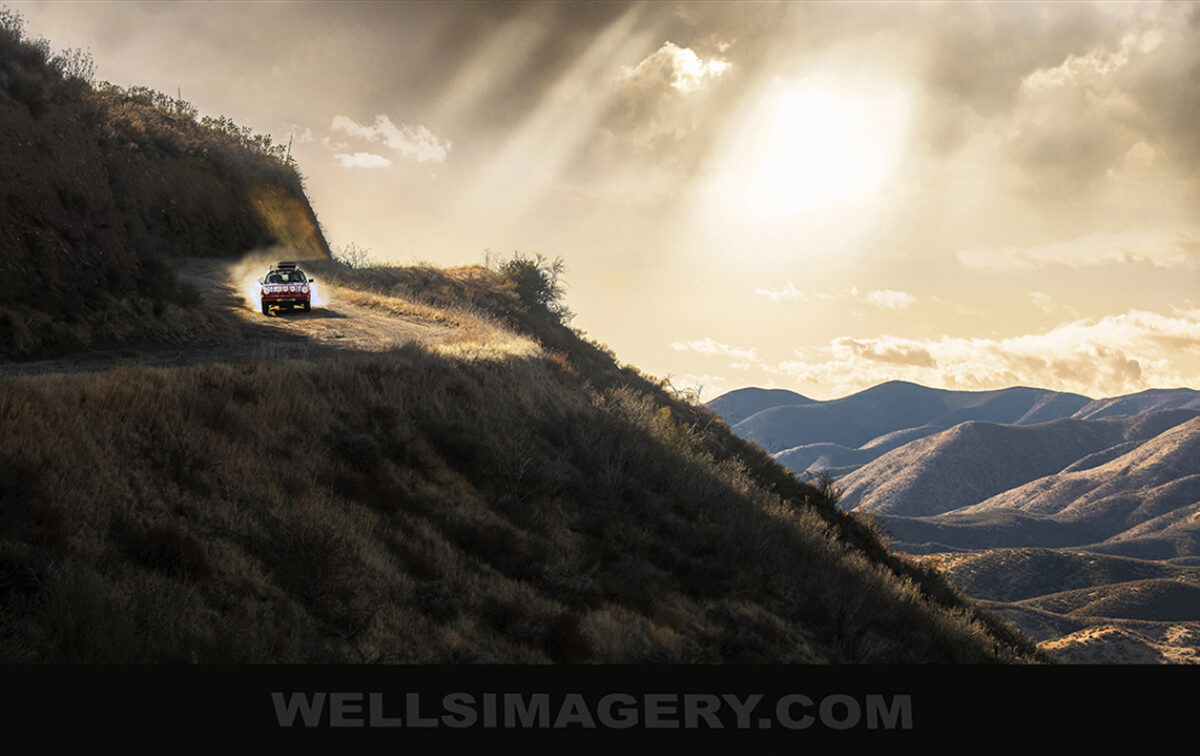50 MM AND BEYOND
These are the focal lengths that many lifestyle and automotive art directors like to see used in your photo submissions. That’s because these normal to telephoto images tend to be flattering for portraits and cars, and they work well in print or on the web.
Beyond 50mm, the telephoto perspective offers compression to the photo and tends to make the person or vehicle look more substantial and heroic, which is not a bad thing. An 85-105 mm telephoto is called a “cowboy lens” for a reason. That’s what most of the classic Marlboro ads were shot with.
Unfortunately, the layers in a telephoto photograph are usually exactly two – subject and background.
On the other hand, shooting with a wide angle lens allows the possibility of adding more layers to the photograph. Unfortunately, it’s not necessarily as complimentary, it’s much more challenging to use effectively, and there is the always present danger of distortion.
Still, most filmmakers prefer to use focal lengths wider than 50 mm. The 40 mm and 28 mm lens are considered normal by cinematographers. For example, a lot of Citizen Kane and most of Reverent were shot with an 18 mm lens. Why? Because that perspective creates even more intimacy with the viewer.
See my “From 50 mm to 28 mm” post here for the other side of 50.
(Photo: Jack Olson and Tyson Schmidt at Luft IV by Randy Wells at 100mm)

